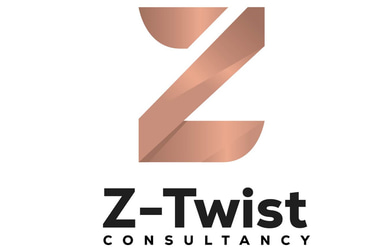Psychological Safety Toolkit
What Is Psychological Safety?
Psychological safety means you can show up, speak up, screw up, and still belong.
It’s the infrastructure of a high-performing team. At its core, it’s the shared belief that people can take risks, raise concerns, and admit “I don’t know” without bracing for backlash. No eggshells. No silent judgements. Just trust, clarity, and space to grow.
Here’s what that really means in practice:
🔁 It’s Collective, Not Individual
This isn’t about one brave soul piping up in a meeting. It’s about a culture where candour is not only allowed but expected. Safety is systemic, built into how the team operates, not left to chance or personal courage.
🚀 It Enables Smart Risk-Taking
When people feel safe, they challenge assumptions before they calcify, experiment with new ideas, and surface problems early. They stop playing small just to stay safe and that’s where innovation lives.
🗣️ It Powers Real Communication
Instead of silence, you get feedback loops. People ask better questions, push back respectfully, and propose improvements without worrying about being shot down. It’s the difference between firefighting and foresight.
📚 It’s the Bedrock of Learning
In safe teams, mistakes aren’t career-ending. Lessons are shared, blame doesn’t get airtime. That’s how you move beyond tools and dashboards to actual learning culture.
🌱 It Drives Tangible Results
This isn’t theory. Psychological safety shows up in retention rates, innovation pipelines, and delivery performance. It protects wellbeing and strengthens resilience. In short: safety is the precondition for performance.
Keep reading below if you want the toolkit:
How to build psychological safety into your teams, systems, and leadership — step by step.
The Psychological Safety Toolkit
The Psychological Safety Toolkit is a practical, no-bullshit resource designed to help leaders and teams diagnose, build, and sustain workplaces where people can:
Speak up without fear of retaliation or shame
Challenge norms without being labelled "difficult"
Fail openly without career consequences
Engage in productive conflict (not performative harmony)


🔧 WHAT’S IN THE BOX?
These are the download links:
The main presentation, outlining the steps and worksheets
10 anonymous questions that reveal where fear lives in your culture
Power mapping exercises to expose hidden hierarchies
Diagnoses silent killers like proxy punishments and martyrdom traps
A 48-hour radical candour sprint with strict rules for leaders
Monthly meeting template to surface undiscussables
Scripts for repairing trust after conflict
Co-create rules for productive friction vs. toxic avoidance
🚨 WHY IT’S DIFFERENT
This isn’t another trust fall or happy culture checklist. It’s built for leaders who know:
Psychological safety isn’t about niceness—it’s about accountability
You can’t survey your way to safety—you need behavioural change
Silence is expensive (turnover, innovation debt, burnout)
🎯 WHO IT’S FOR
Leaders tired of culture theatre
HR teams ready to move beyond performative DEI
Change agents fighting status-quo resistance
Teams where conflict goes underground
💡 KEY PRINCIPLES
Clarity is kindness. Vagueness breeds fear.
Power must be interrogated. Who speaks? Who silences?
Repair > blame. Mistakes are inevitable; retaliation isn’t.
Conflict is data. If no one’s uncomfortable, you’re not growing.
Z-twist consulting
Empowering project success through expert consultancy.
Registered company number: 15939151
Connect
enquiries@z-twist.com
07951883070
© 2024. All rights reserved.
